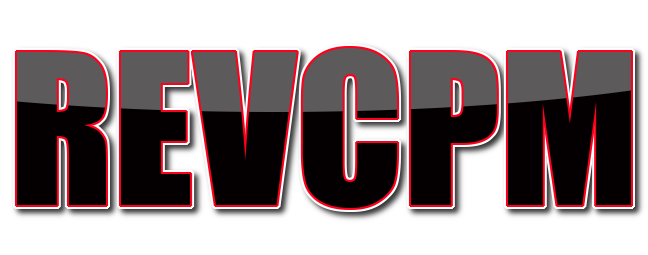The choice between CPC (Cost Per Click) and CPM (Cost Per Mille) depends on several factors and the specific goals and characteristics of your website or platform. Here’s a comparison to help you determine which model might be more suitable:
CPC (Cost Per Click):
Suitable for: Websites with high click-through rates or engagement levels, content that encourages user interaction, niche or specialized content.
How it works: Advertisers pay for each click on their ads. Publishers earn revenue when users click on the ads displayed on their website.
Benefits:
Lower risk for publishers as they are paid for actual clicks.
Better alignment with websites that drive high-quality traffic and have a strong call-to-action.
Can be more profitable if your audience has a high propensity to click on ads or if your content drives a significant number of conversions.
CPM (Cost Per Mille):
Suitable for: Websites with high traffic volume, broad appeal, or large user base, content that generates significant impressions, brand-focused campaigns.
How it works: Advertisers pay for every one thousand ad impressions. Publishers earn revenue based on the number of impressions their ads receive.
Benefits:
Guaranteed revenue for publishers, regardless of click-through rates.
Well-suited for websites with high traffic, as impressions can be monetized even if click-through rates are relatively low.
Appropriate for brand-focused campaigns that aim to increase brand exposure and reach.
Ultimately, the better model for you depends on your specific circumstances, including the nature of your content, audience behavior, engagement rates, and advertiser demand. It may be beneficial to test both models and evaluate their performance over time. Additionally, some ad networks and platforms offer hybrid models that combine CPC and CPM elements, allowing for more flexibility and optimization.

